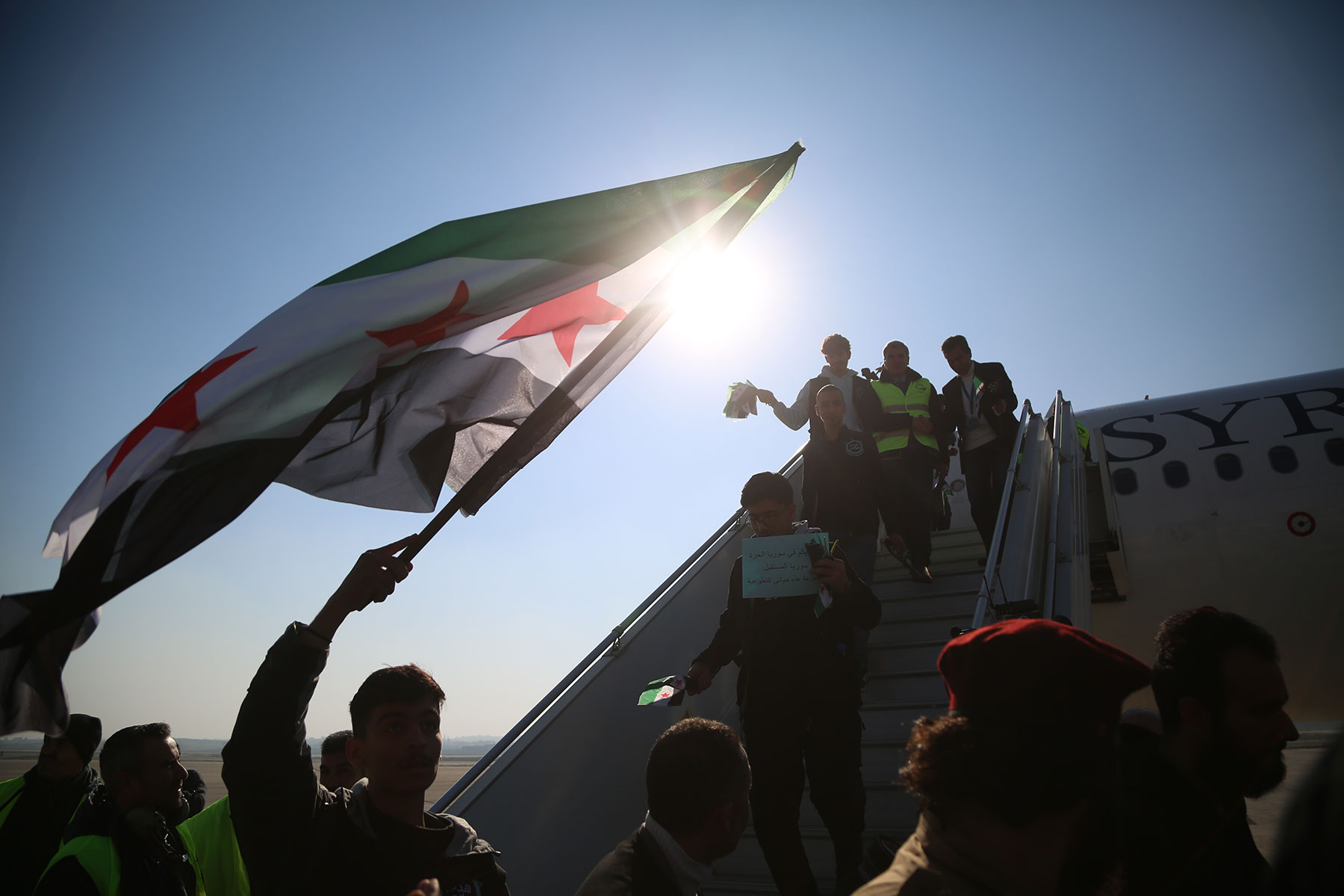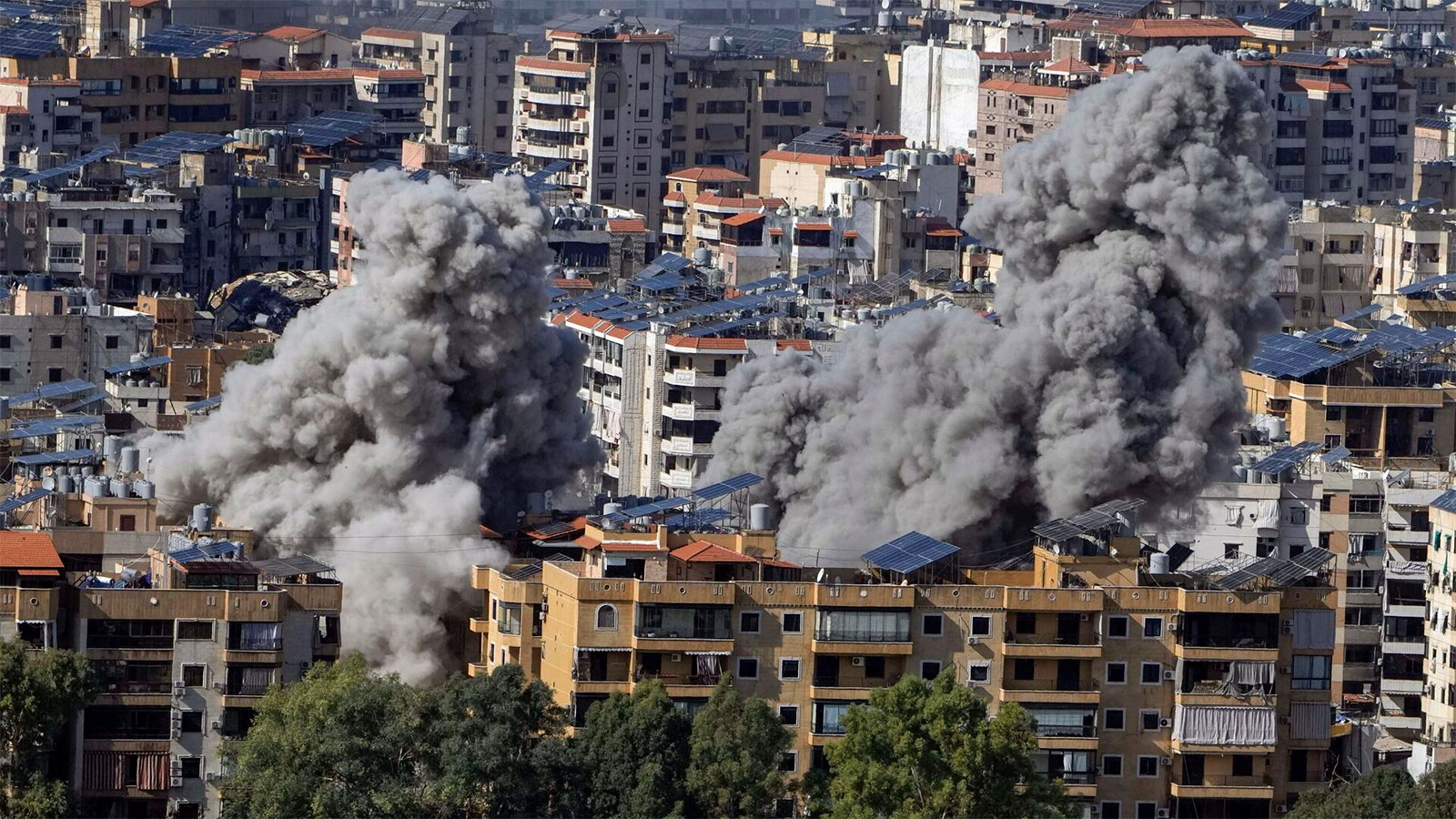Since the outbreak of the war in Gaza following Operation "Al-Aqsa Flood" and the escalation of tensions on the Lebanese border after Israel targeted several Hezbollah leaders, Tel Aviv has begun hinting at the possibility of expanding its military operations into Syrian territory. This includes the potential occupation of new areas and even advancing toward Damascus. While these threats may seem serious, they contradict the complex military and political realities Israel currently faces.
In the years leading up to the collapse of Bashar Assad's regime in late 2024, numerous reports indicated that Israel did not view his downfall as a direct strategic gain. Despite his close ties with Iran, the Syrian regime was weak and exhausted by war, rendering it incapable of posing a real threat to Israel. However, after Assad's fall, Israel's stance shifted. In a press conference on Dec. 9, 2024, Netanyahu described the event as a "historic day in the Middle East," emphasizing that the regime's collapse dealt a significant blow to Iran's regional influence.
In reality, Israel does not appear ready to open a new front in Syria in the near future. Despite its efforts to portray itself as a protector of minorities, particularly the Druze, to gain local support, military and political realities suggest that its threats are more political maneuvers than actual execution plans.
Should Tel Aviv decide to open a new front in Syria, it could face an unpredictable regional escalation. Türkiye, which views any further Israeli intervention in Syria as a threat to its national security, may take countermeasures. This web of regional interests makes any Israeli military move fraught with risks, potentially leading to unprecedented escalation in the region.
Iran's experience serves as a cautionary tale for Israel regarding the dangers of engaging in multiple conflicts simultaneously.
Despite Israel's repeated threats against Syria, their implementation remains complex. While the Israeli military enjoys superiority, it faces logistical and political challenges that prevent it from easily opening a new front. Ongoing escalation with Hezbollah, military operations in Gaza and tensions with Iran all constrain Tel Aviv’s ability to expand its operations.
Since the outbreak of the war in Gaza following Operation "Al-Aqsa Flood" and the escalation of tensions on the Lebanese border after Israel targeted several Hezbollah leaders, Tel Aviv has begun hinting at the possibility of expanding its military operations into Syrian territory. This includes the potential occupation of new areas and even advancing toward Damascus. While these threats may seem serious, they contradict the complex military and political realities Israel currently faces.
During the visit of Israeli Prime Minister Benjamin Netanyahu, Minister of Security Yisrael Katz, and former Chief of Staff Herzi Halevi to the summit of Mount Hermon on Dec.17 – an area Israel had occupied just days earlier—Katz stated that "the summit of Mount Hermon is the eyes of the State of Israel, seeing both near and distant dangers."
He also announced that the Israeli army would establish military fortifications in the newly occupied areas to ensure a long-term presence. On Feb. 23, 2025, Netanyahu declared that the Israeli army would remain in Mount Hermon and the Syrian demilitarized zone indefinitely, emphasizing that he would not allow the forces of the new regime in Syria to enter the area south of Damascus. He also demanded that Quneitra, Daraa and Suwayda provinces remain demilitarized.
Israel occupied the Syrian Golan Heights, an area of approximately 1,200 square kilometers that it seized during the June 1967 war. In 1981, Israel unilaterally declared the annexation of the Golan, a move that was never recognized by the international community.
Israeli threat to Syria
In the years leading up to the collapse of Bashar Assad's regime in late 2024, numerous reports indicated that Israel did not view his downfall as a direct strategic gain. Despite his close ties with Iran, the Syrian regime was weak and exhausted by war, rendering it incapable of posing a real threat to Israel. However, after Assad's fall, Israel's stance shifted. In a press conference on Dec. 9, 2024, Netanyahu described the event as a "historic day in the Middle East," emphasizing that the regime's collapse dealt a significant blow to Iran's regional influence.
In reality, Israel does not appear ready to open a new front in Syria in the near future. Despite its efforts to portray itself as a protector of minorities, particularly the Druze, to gain local support, military and political realities suggest that its threats are more political maneuvers than actual execution plans.
Since the Oct. 7 attack, Israel has been engaged in a prolonged war of attrition against Hamas in Gaza without achieving a decisive victory, despite the extensive destruction inflicted on the enclave. At the same time, Hezbollah continues to pose a persistent threat on the northern front, and Israel's success in weakening its military capabilities remains uncertain.
Should Tel Aviv decide to open a new front in Syria, it could face an unpredictable regional escalation. Türkiye, which views any further Israeli intervention in Syria as a threat to its national security, may take countermeasures. This web of regional interests makes any Israeli military move fraught with risks, potentially leading to unprecedented escalation in the region.
Iran as example
Iran's experience serves as a cautionary tale for Israel regarding the dangers of engaging in multiple conflicts simultaneously. Over decades, Tehran has expanded its regional influence by establishing and supporting military proxies, from Hezbollah in Lebanon to militias in Syria and Iraq, and the Houthis in Yemen. While this expansion has bolstered Iran's influence, it has also made it more vulnerable to attacks when conditions allow.
Following the Oct. 7 attack, Iran hoped that Hamas's escalation would strengthen its allies' positions in the region. However, the opposite occurred. Israel launched an extensive military campaign targeting the Iranian Revolutionary Guard Corps (IRGC) headquarters and militia depots in Syria and Lebanon, in addition to repeated airstrikes on Iran-backed groups in Iraq and Yemen. Instead of being a source of strength, Iran's regional expansion became a vulnerability, allowing Israel to strike its assets and allies effectively.
Despite Israel's repeated threats against Syria, their implementation remains complex. While the Israeli military enjoys superiority, it faces logistical and political challenges that prevent it from easily opening a new front. Ongoing escalation with Hezbollah, military operations in Gaza and tensions with Iran all constrain Tel Aviv’s ability to expand its operations.
Furthermore, Israel is grappling with escalating internal crises, including political divisions over Netanyahu's government, growing public protests, and increasing international pressure due to criticism of its actions in Gaza. These internal challenges make opening a new front in Syria a risky move that could bring more harm than benefit to Israel.
While Israel seeks to project strength and signal its willingness to expand operations, it understands that engaging in multiple conflicts simultaneously poses a strategic risk beyond its capacity. Just as Iran's expansionist strategy led to significant blows to its influence, Israel could face the same fate if it does not carefully calculate its steps.
Wisdom dictates that Israel should focus on managing its existing conflicts rather than plunging into a new war that could backfire catastrophically. The question remains: Will Israel learn from Iran's mistakes, or is it heading toward the same trap without realizing the consequences?
First published in the Daily Sabah.






